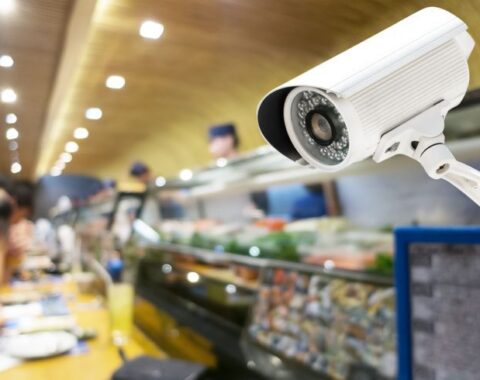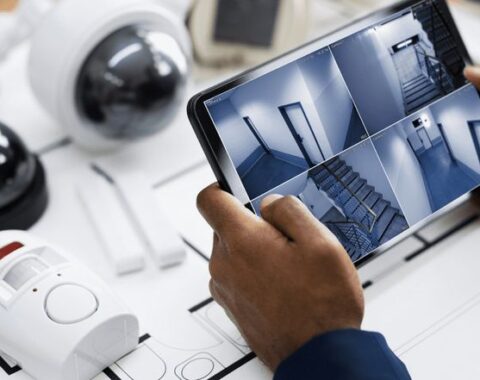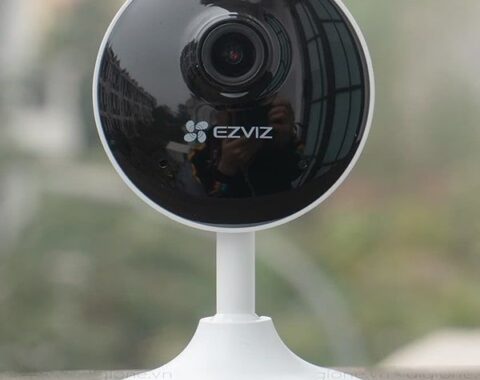In today’s rapidly urbanizing world, cities are turning to advanced technologies to become more efficient, safer, and more responsive to the needs of their citizens. One of the key technologies driving this transformation is the use of CCTV cameras. Originally developed for basic surveillance, modern CCTV systems have evolved into intelligent tools that play a vital role in the development of smart cities. These cameras are no longer just passive recorders—they now integrate with artificial intelligence, data analytics, and real-time communication networks to monitor, manage, and improve urban life.
CCTV in smart cities goes beyond simple crime prevention. These systems are used to monitor traffic flow, detect accidents, control crowds during public events, and even track environmental conditions like air quality or flooding. Cities such as Singapore, London, and Dubai have implemented advanced CCTV networks that help authorities respond quickly to emergencies, plan better infrastructure, and make informed decisions based on real-time data. As cities continue to grow, CCTV will remain a cornerstone of smart urban management—provided it’s used responsibly and with respect for privacy.
What Do We Mean by “Smart Cities”?
A smart city is a modern urban area that uses technology and data to improve daily life. It relies on tools like CCTV cameras, sensors, and smart systems to manage traffic, enhance safety, reduce pollution, and improve services. The main goal is to make the city more efficient, safe, and sustainable for everyone.
With our focus on CCTV cameras, below are some of the ways CCTV cameras have been used to make smart cities, Smart cities:
1. Public Safety and Crime Prevention.
Cameras are installed in public areas like streets, parks, and transit hubs.
AI-enabled CCTV can detect suspicious behavior, identify wanted individuals, or alert police instantly.
2. Traffic Monitoring and Management.
Cameras track vehicle movement and congestion.
Integrated with AI and sensors, they help manage:
Traffic lights (adaptive signals)
Lane violations
Speed enforcement
3. Crowd Control and Event Monitoring.
During large public events (sports, protests, festivals), CCTV helps authorities monitor crowd density.
Alerts are triggered if a location becomes overcrowded or unsafe.
Used for emergency evacuation planning and incident response.
4. Environmental Monitoring
Some smart CCTV systems are equipped with pollution sensors or connected to devices that monitor:
Air quality
Flood risk
Fires or chemical leaks
5. Data-Driven Decision Making
City planners use footage and AI analytics to:
Redesign roads and pedestrian paths
Optimize public transportation
Improve lighting and infrastructure based on movement patterns
📊 Benefits
Enhanced real-time monitoring and faster emergency response
Increased public trust and security
Improved urban mobility and environmental management
Efficient use of city resources
In conclusion, CCTV cameras have become an essential part of smart cities, not just for security, but for improving the overall quality of urban life. With the help of advanced features like AI, real-time monitoring, and data integration, these systems help manage traffic, ensure public safety, monitor environmental conditions, and support quick decision-making. As cities continue to grow and evolve, smart surveillance will play a critical role in creating safer, more efficient, and more responsive communities—so long as it’s balanced with respect for privacy and ethical use.



